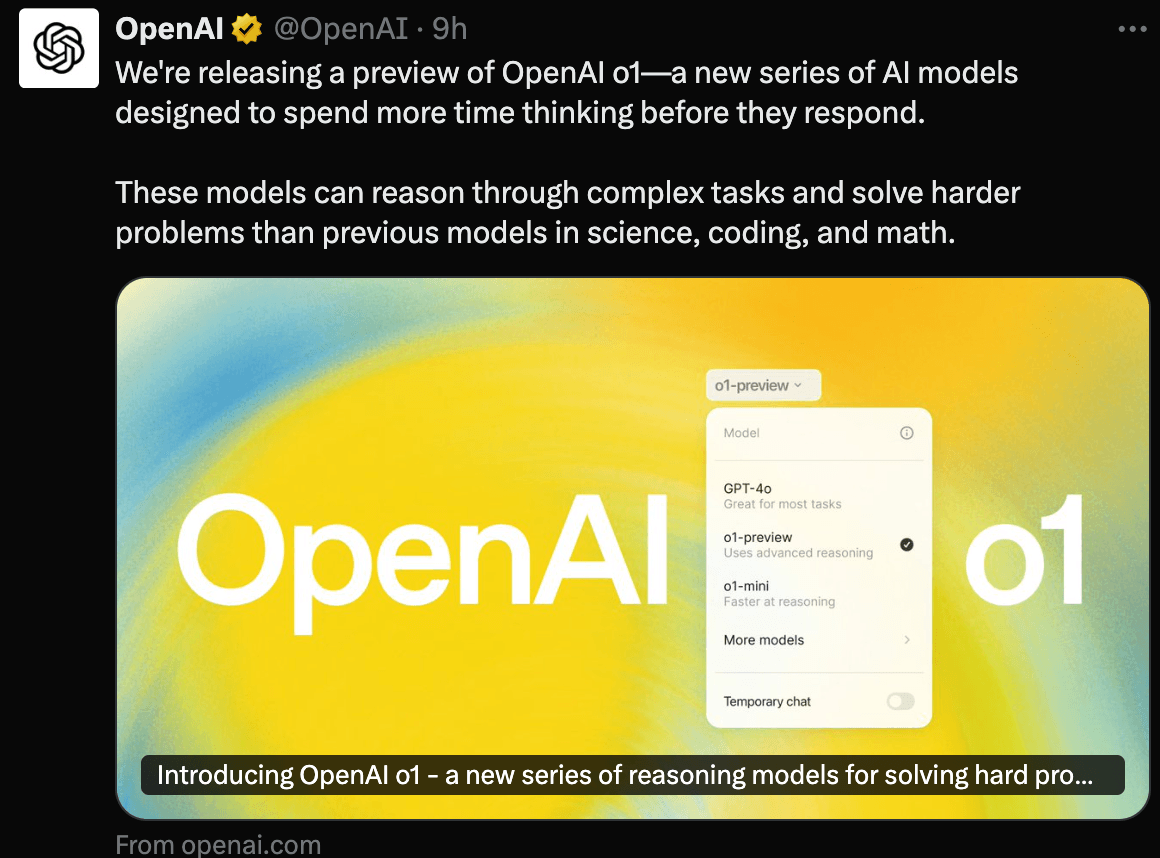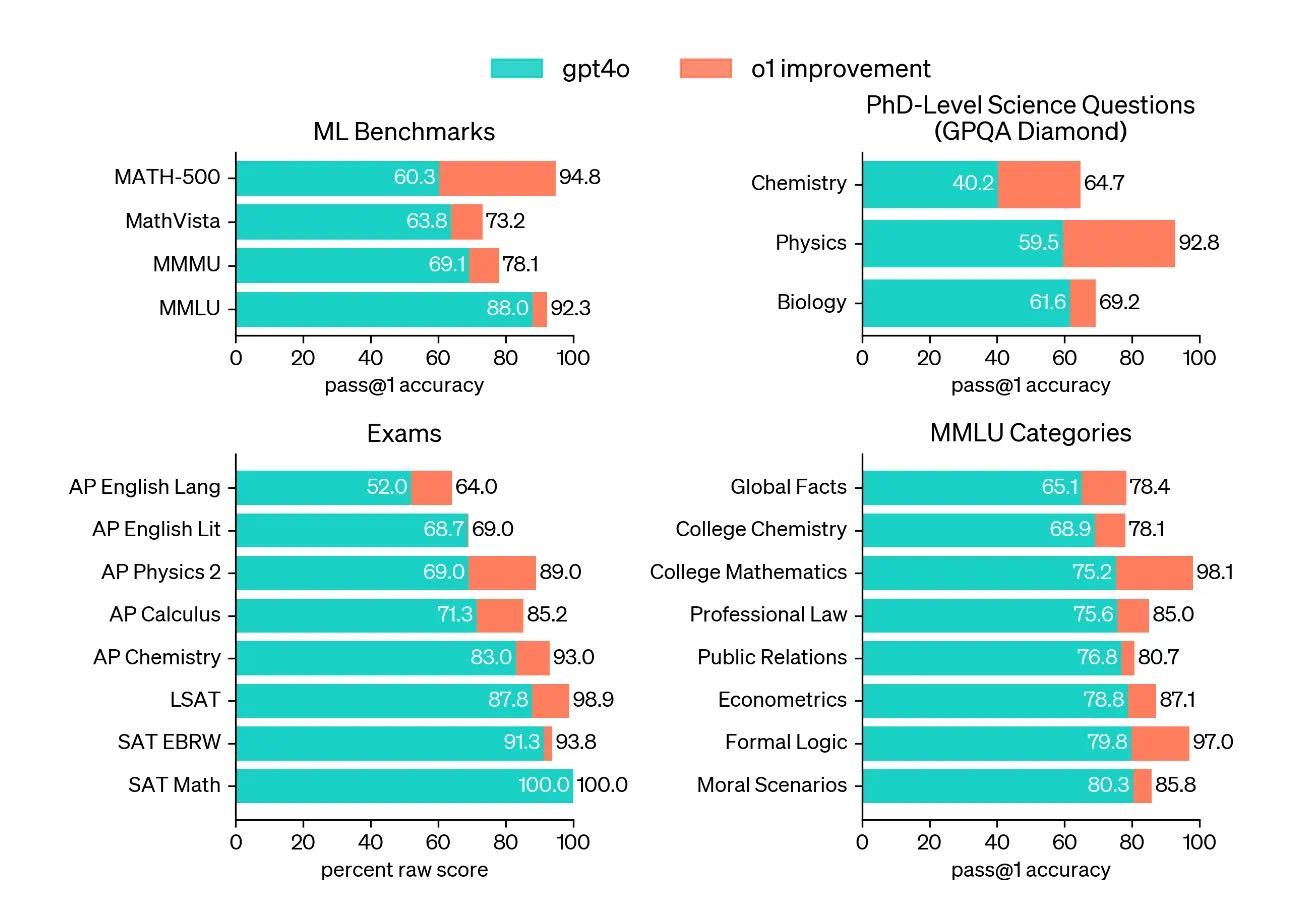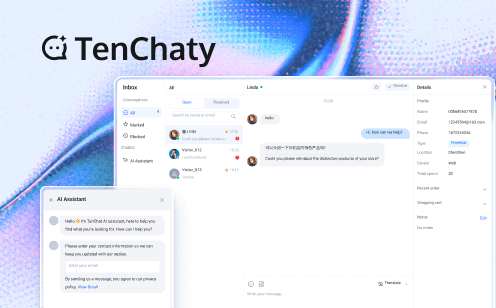
In an unexpected move that has sent ripples through the AI community, OpenAI has unveiled its latest series of models: the OpenAI o1. This release marks a significant leap forward in AI reasoning capabilities, potentially ushering in a new era of artificial intelligence.
The Dawn of a New AI Era
OpenAI CEO Sam Altman boldly declared, "OpenAI o1 is the beginning of a new paradigm: AI that can perform general complex reasoning." This statement underscores the groundbreaking nature of the o1 series, which comprises two main models:
- o1-preview: The flagship model designed for tackling complex reasoning tasks across various domains.
- o1-mini: A faster, more cost-effective alternative, particularly adept at coding tasks.
These models represent a departure from traditional AI approaches, focusing on enhanced reasoning abilities that could revolutionize how AI solves complex problems.
Unprecedented Capabilities
The o1 series demonstrates remarkable improvements over its predecessors, including GPT-4o. Some key advancements include:
- Scientific Problem-Solving: In tests, o1 models performed at a doctoral level in physics, chemistry, and biology tasks.
- Mathematical Prowess: During International Mathematical Olympiad (IMO) qualification tests, o1 models achieved an 83% success rate, compared to GPT-4o's 13%.
- Coding Expertise: In Codeforces programming competitions, it performed in the top 89th percentile

Image source: OpenAI
Real-World Applications
The potential applications of o1 models are vast and exciting:
- Medical Research: Assisting in annotating cell sequencing data and aiding in complex diagnoses.
- Quantum Physics: Solving intricate quantum operator application problems.
- Software Development: Generating and debugging complex code with unprecedented accuracy.
Technical Insights
OpenAI's approach to developing o1 involves:
- Reinforcement Learning: Training the models to think more deeply before responding.
- Internal Thought Chains: Generating a series of internal reasoning steps before producing an output.
- Continuous Improvement: The models refine their thinking processes through extended training and computation time.
Safety and Alignment
OpenAI has prioritized safety in the development of o1:
- New safety training methods have been implemented.
- In rigorous "jailbreak" tests, o1-preview scored 84 out of 100, significantly outperforming GPT-4o's score of 22.
Image source: OpenAI
Accessibility and Usage
Currently, o1 models are available to:
- ChatGPT Plus and Team users (with usage limits)
- API users for prototyping (with rate limits)
ChatGPT Enterprise and Edu users will gain access in the coming week, with plans to eventually provide o1-mini access to all ChatGPT free users.
Limitations and Future Development
Despite its impressive capabilities, o1 is not without limitations:
- Longer response times due to extended reasoning processes.
- Occasional instances of incomplete or irrelevant outputs.
- Lack of some features present in GPT-4o, such as web browsing and file/image upload capabilities.
Sam Altman acknowledges these limitations, noting that o1's performance may seem less impressive with extended use.
Industry Impact and Future Outlook
The release of o1 could mark a significant shift in AI development focus. As Jim Fan, NVIDIA's Embodied AI lead, suggests, we may see a greater emphasis on scaling reasoning time and search capabilities in future AI models.
This development also raises questions about the future of traditional language models. Will we see a GPT-5, or has o1 set a new direction for AI evolution?
How to Access and Use OpenAI o1
For those eager to experience the capabilities of OpenAI o1, access is currently available through specific channels:
- ChatGPT Plus and Team Users: These users can now access o1 models directly within the ChatGPT interface. Look for o1-preview and o1-mini in the model selector.
- Usage Limits: To manage demand, OpenAI has implemented weekly message limits. Currently, users can send up to 30 messages per week with o1-preview and 50 messages with o1-mini.
- API Access: Qualified developers can also access these models through the API, subject to rate limitations.
- Future Plans: OpenAI is working on expanding access and improving the user experience. They aim to increase usage limits and develop an automatic model selection feature that chooses the most appropriate model based on the user's input.
It's worth noting that while o1 models offer advanced reasoning capabilities, they may not be the best choice for all tasks. Users should consider the nature of their query and the model's strengths when deciding which to use.
Conclusion
OpenAI's o1 series represents a significant step forward in AI reasoning capabilities. While it's not without its challenges, it opens up new possibilities for solving complex problems across various fields. As the AI community digests this development, we can expect to see rapid advancements and potentially a new focus in AI research and development.
The journey of AI continues to surprise and inspire, and o1 is undoubtedly a milestone worth watching closely. Whether you're a developer, researcher, or simply an AI enthusiast, the o1 series offers exciting possibilities to explore and engage with this cutting-edge technology.

